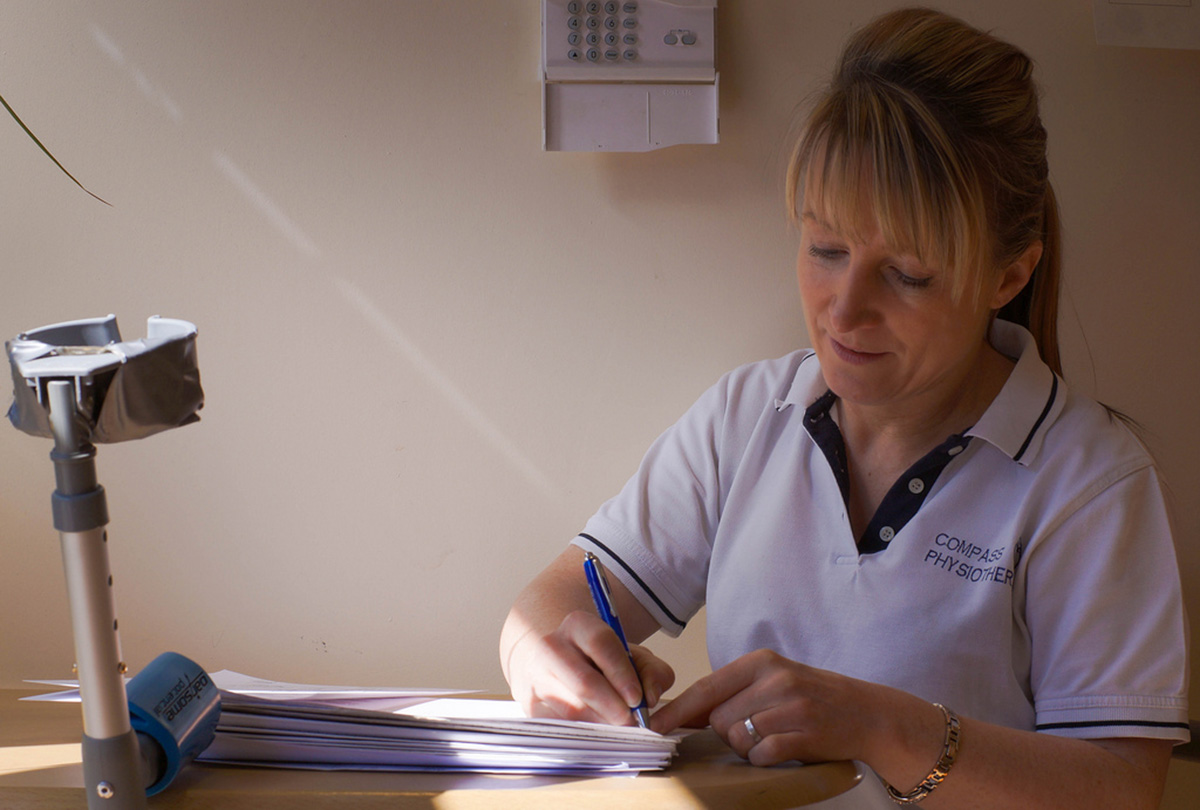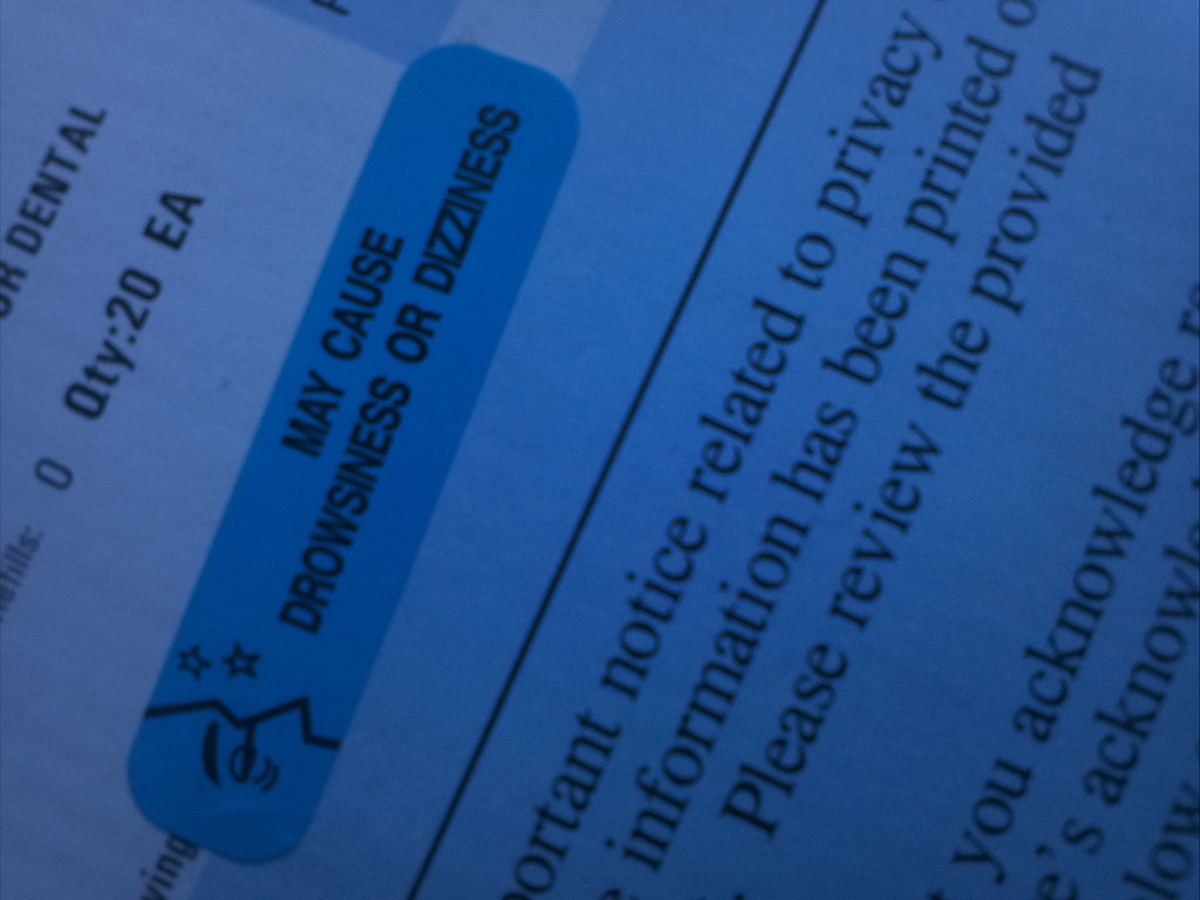Last week I went to see a consulting cardiologist who introduced herself with "Hi, I'm Dr. ---- and this is my medical scribe." I had never met a medical scribe in person, but I was favorably impressed. A medical scribe helps your visit go more smoothly.
Medical records, also known as "paperwork" pronounced with a sigh of frustration, have been the bane of doctors, who have to write or dictate them, and all kinds of other health professionals, who have to read them, for generations. The advent of medical scribes, however, is changing the way doctors keep their records.
The Evolution Of Patient Record Keeping
Before about 1980 in the United States, and even today in many countries, doctors recorded their observations and orders in longhand in the patient's medical chart. Notorious for illegible handwriting, doctors often could not read even their own notes, and errors in medication, treatment, retention, and discharge were commonplace. By the 1980's, most doctors had started dictating their records. The doctor simply spoke into a recording device and hours, or days, or occasionally weeks later, a medical records transcriptionist transformed the doctor's dictation into a written record.

Medical transcription was also not without its drawbacks. Some doctors have accents or mumble, causing inexperienced transcriptionists to misinterpret their words. Doctors still had to review transcripts before they became an official part of the record, relying on memory and clinical judgment to guess what they had said when they could not remember what they had said. More than an exercise in typing, medical transcription also depended (and depends) on the good judgment of the transcriptionist to interpret ambiguous tape recordings in ways that make sense, without entering the medical decision making process.
Over the last five years, medical record keeping has evolved even more in the USA. Doctors and clinics are given incentives by the Affordable Care Act to create electronic records that can follow a patient anywhere in the world, instantly communicated to other doctors as they need them.
Some doctors actually switched over the paperless record keeping 10 years ago, but others still struggle to check the right boxes on the "easier" pad computer system. Entering the office now is the medical scribe.
What Is A Medical Scribe?
The position of medical scribe is not really a twenty-first century innovation. A few doctors have used medical scribes in lieu of transcriptionists since the 1970's. However, the widespread employment of medical scribes has occurred only in the five years since the passage of the Affordable Care Act.
A medical scribe is an unlicensed person authorized to enter information about a patient visit into the electronic health record or medical chart. The scribe records interactions between the patient and the licensed practitioner, whether a doctor, a nurse practitioner, or physician assistant.
A medical scribe is only authorized to document the interaction between doctor and patient. The scribe does not comment on treatment or engage the patient in any way (although typically the scribe is introduced to the patient as a matter of being polite) The difference between a medical scribe and a medical transcriptionist is that the medical scribe takes notes in real time, as the examination is being conducted, and the record of the visit is recorded by the time the visit is complete.
What's The Advantage Of Going To A Doctor Who Employs A Medical Scribe?
What kind of person is hired to be a medical scribe? Traditionally, the few doctors who chose medical scribes had elite practices and many doctors vying to train under them. Some doctors in training would be allowed to take notes during examinations as part of their qualifying for training.
Nowadays, a medical scribe may not have any kind of license at all, but is more likely to be an RN or a nurse in training, a doctor's assistant in training, or perhaps a first-year medical student. Sometimes medical professionals take a break from their usual duties to serve as a scribe, especialliy when they are learning new technologies and new procedures or they are starting with a different doctor.

Students who are acutely aware of terminology and processes, because they have been learning terminology to pass classes, have fewer problems recording visits in real time. The doctor or other licensed health practitioner still has to sign and date the record of the visit (this may be done electronically), and the Joint Commission on Hospital Accreditation also requires that doctors themselves sign orders to minimize confusion. However, a medical scribe who is a licensed healthcare practitioner can sign orders commensurate with his or her training and certification.
What are the advantages of going to a doctor who employs a medical scribe?
- The most obvious advantage of going to a doctor who uses a scribe is greater patient contact. Doctors and nurse practitioners who use iPads and similar devices to record electronic health records during a visit tend to look at the device rather than at the patient. A number of doctors who employ medical scribes rely on Apple watches to scroll through patient records as they speak, which is also annoying to their patients, but there is usually more doctor-patient interaction when the session is being recorded by the scribe.
- Medical scribes don't just put information into the current visit's electronic health records. They also notice warnings and notes from previous visits. The scribe interacts with records more than the doctor, and may be helpful in reminding the doctor of missed information. This is not likely to happen in the presence of a patient, however.
- Doctor's offices that employ scribes see patients faster. One study found that patients waited, on average, 15 minutes less to see the doctor when a scribe was availabe to record the visit. This is not surprising, since other systems require the doctor to dictate notes between patients. Another study found that the average visit with the doctor was 13 to 14 minutes shorter than when the doctor had to stop to record notes and impressions in an electronic device, without any less attention to the patient.
In the United States, you are most likely to encounter a medical scribe at your cardiologist's office. The reason for this probably is that the use of medical scribes has "caught on" with cardiology offices, and office managers who are familiar with the use of medical scribes tend to move to other jobs with doctors in the same specialty. The presence of a medical scribe is a good sign you'll get in and out of your appointment quickly, and you'll have a second person who cares about the results of your treatment.
- Hixon JR. Scribe system works like a charm in Sarasota ED. Emerg Dept News. 1981. 3:4.
- The Joint Commission. Use of Unlicensed Persons Acting as Scribes. http://www.jointcommission.org/mobile/standards_information/jcfaqdetails.aspx?StandardsFAQId_426&StandardsFAQChapterId_66. Accessed 14 July 2015.
- Photo courtesy of ursonate via Flickr: www.flickr.com/photos/ursonate/6784296439
- Photo courtesy of Bev Goodwin via Flickr: www.flickr.com/photos/bevgoodwin/8837556274


Your thoughts on this